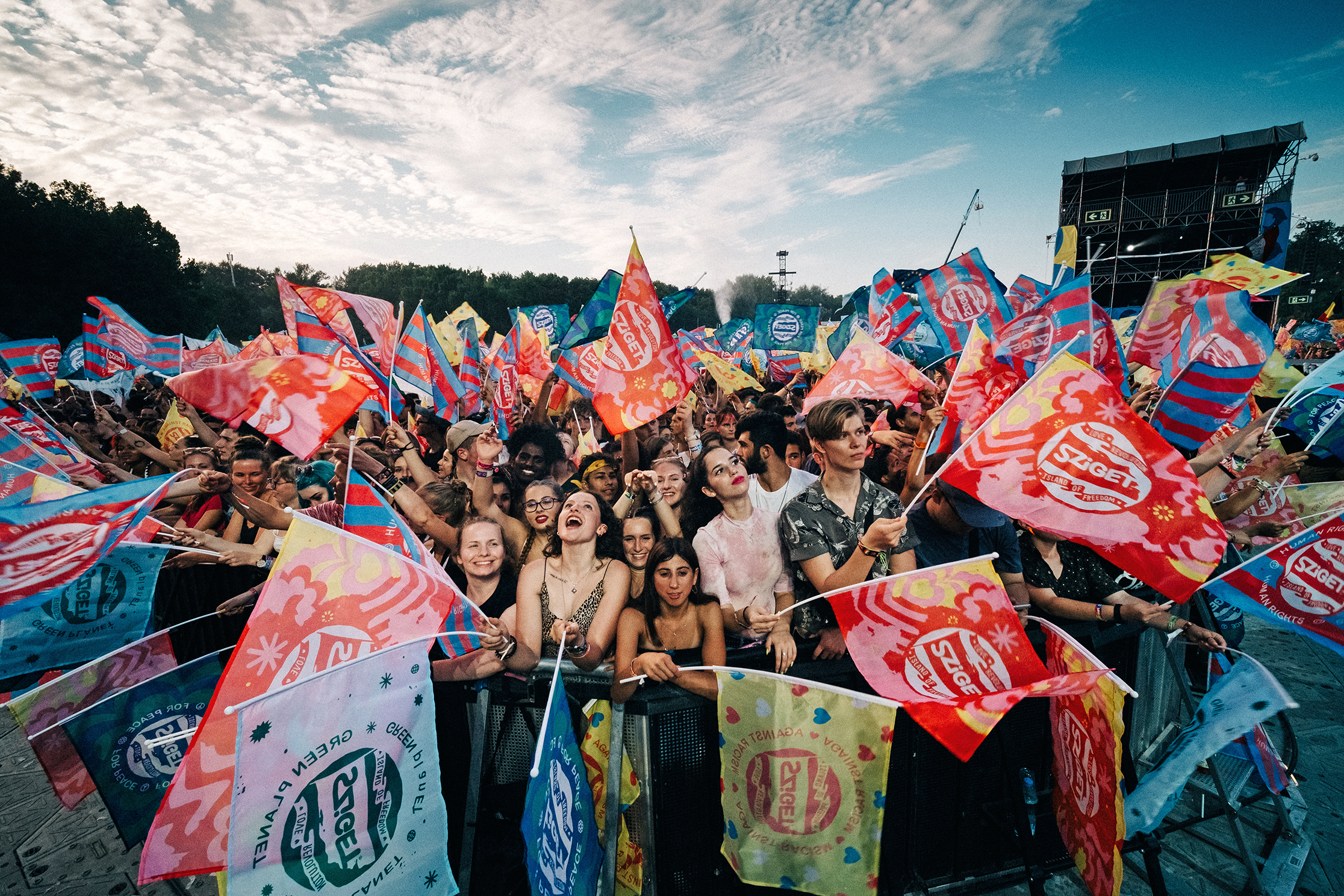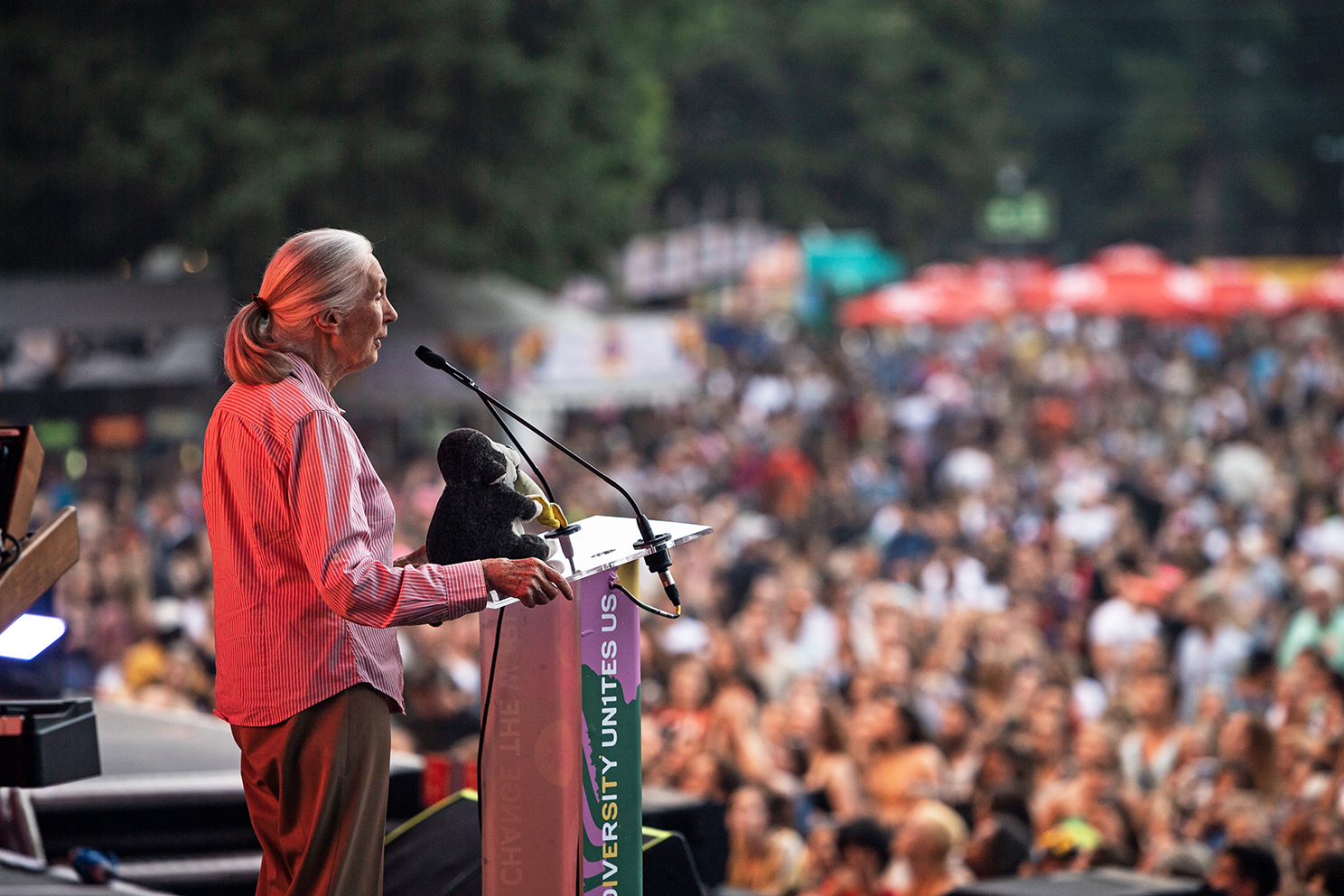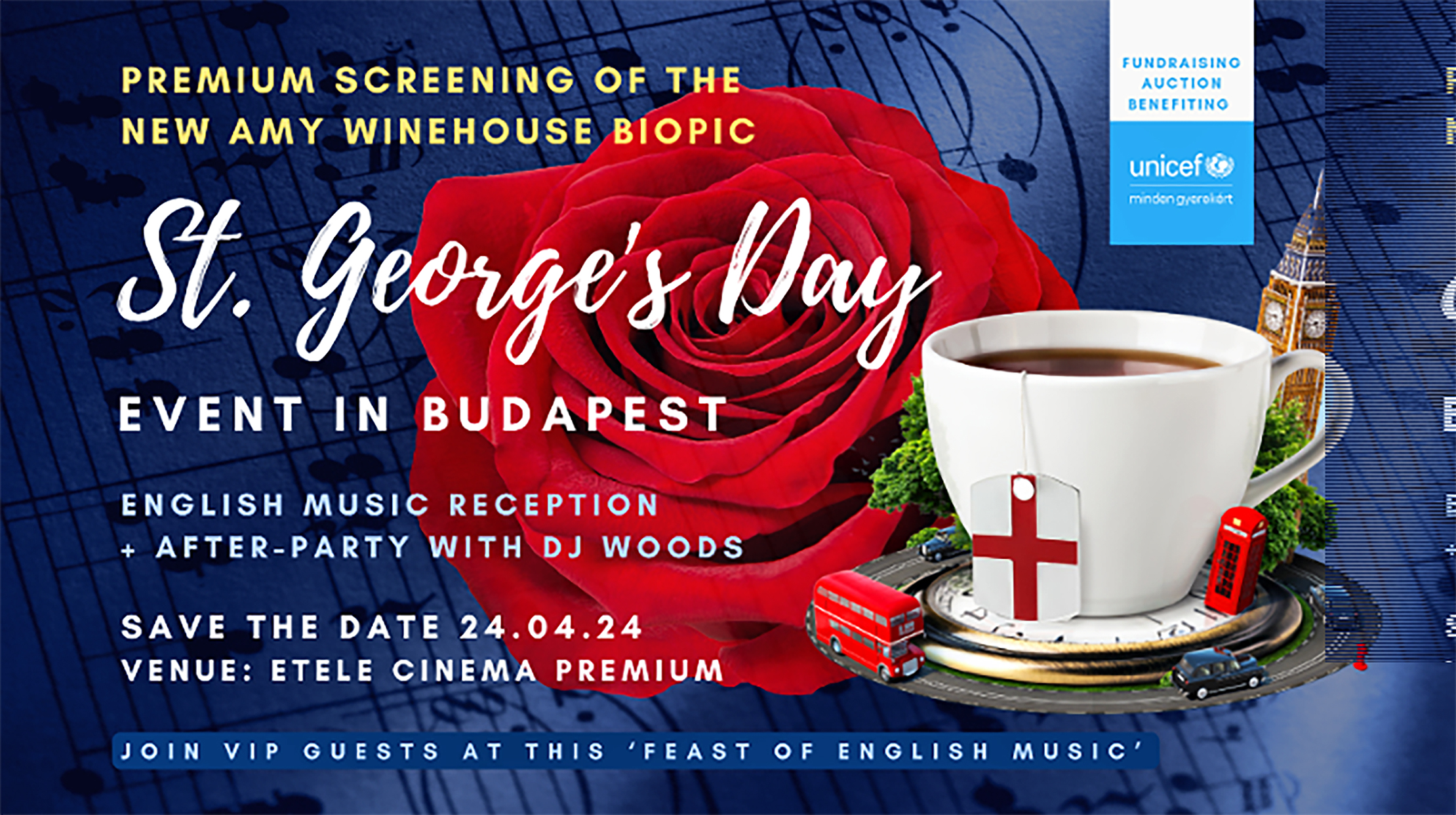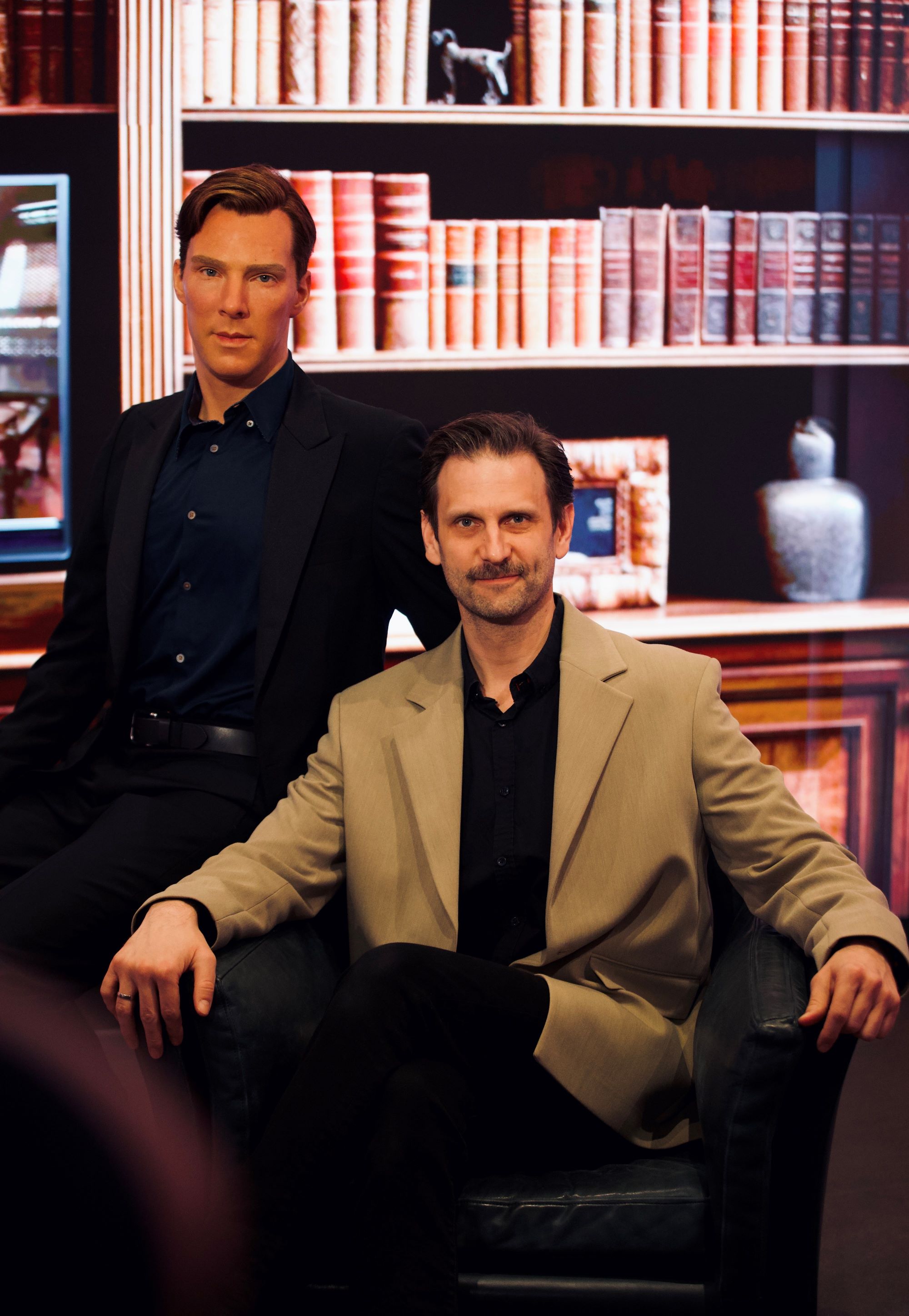Celebrating the Return of the Sziget Festival

Photo by Sziget
After a COVID-enforced two-year break, a nondescript island in the Danube downriver from the heart of Budapest will once again become the Island of Freedom and host the annual Sziget Festival from August 10 to 15. I will be going. It will be my fourth Sziget.
When I first visited Hungary, to see in 2015 at a New Year’s party, the guy who invited me to this country painted a picture of Sziget as a kind of utopian free for all. We’d met at that year’s Burning Man, which really was wild. I found the idea that something similar could happen in a country that even I could see was hardly a byword for freedom more than a little intriguing.
I also liked the idea that we could trundle down to the Island of Freedom from downtown Budapest by train and be back in our beds by midnight.
My first Sziget was in 2015. I wouldn’t describe it, as the website Index.hu did, as “an electronically amplified, warped amusement park that has nothing to do with reality.” It was rather more modest than that, and all the better for it.
It was great fun, felt friendly and safe, and it didn’t rain. Robbie Williams headlined on the day we went, and he was so comfortable on stage that he managed to turn Sziget into his own living room. I also saw the Hungarian Péterfy Bori & Love Band in a funky little side tent. They were superb and are well worth checking out.
So, like millions of “Szitizens,” as fans of the festival are known, I’m glad to see Sziget back, and I’ll be happily schlepping along for at least one day this year
As I’ve come to expect, each night of the festival is headlined by a pretty decent act; not a truly super-duper-star, but up there. The artists represent all the genres that make today’s world of pop so wonderful, from Arctic Monkeys, who by all accounts are on fire, to Dua Lipa and the United Kingdom’s publicity-provoking British rapper Slowthai.
The only problem will be, as in previous years, choosing which day to go. In 2020, I plumped for the day the 1975 headlined, only to find out my partner was a closet Foo Fighters fan, and they were playing the next night.
By all accounts, the Foos (as we don’t call them) played a blinder, and I’ve never quite lived that down.
Choosing which day to go this year won’t be so difficult as, to the best of my knowledge, my partner’s no fan of any of the headliners and neither am I.
Although it’s fun to see a great band smash it live, as the youth say, what I like most is checking out the acts in the smaller tents and, ahem, soaking up the Sziget vibe.
Despite how well it’s organized, there’s also a genuinely slightly alternative feel to Sziget. I guess this is rooted in its history.
Alternative beginnings in 1993
If you’ve ever wondered why Hungary has so many festivals, it could be because there was already a healthy summer scene under communism. After 1989, music fans had to find ways to fund their own gatherings. It took a while for that to happen.
Sziget began in 1993 and was originally called Diáksziget (Student’s Island). Musician, visual artist, and novelist drMarias, who I interviewed for the June 17 issue (see “From Charming Budapest Art Deco to the Social Surgery of drMáriás”), was there.
“I was asked to play that first year as a substitute bass player for the Hungarian art-rock band A. E. Bizottság; the name means ‘Albert Einstein Committee.’ They formed in 1980 and made a couple of albums before breaking up in 1985. Now they were having a kind of reunion, in a pretty improvized sense,” he recalls.
“Suddenly, I found myself on a huge stage in an enormous field packed with more than a thousand people. While my mates in the band did a performance with giant dolls that they carried on their heads then tore to pieces, we played improvised music for 45 minutes. People went mad, cheering wildly. When we came off the stage, my fingers were bleeding. I played with my band Tudósok at Sziget for the next 20 years, but that first festival was the funniest and weirdest.”
Despite being some kind of artistic triumph, that first Sziget apparently resulted in sizeable debts that took a few years to repay. But, presumably seeing its potential, PepsiCo began sponsoring the event in 1996, renaming it Pepsi Sziget.
The festival’s early years were “wild and fabulous,” according to drMarias.
“Anything could happen. People like David Bowie and Henry Rollins did great shows. It was possible to meet famous musicians, but there were also performances by little-known artists from Hungary and abroad. The security didn’t prevent people from meeting freely. You could rub shoulders with famous musicians and party until dawn. It was as if we were in a dream.”
PepsiCo’s sponsorship ended in 2001, and the event became Sziget Festival in 2002.

Foo Fighters, Sziget 2019.
Károly Gerendai and the selling of Sziget
My account of Károly Gerendai’s rise and rise is mainly drawn from Wikipedia. His entry there credits him with being the sole founder of the original Diáksziget. It also describes him growing up in Budapest as part of “an intellectual family with noble ancestry.”
From humble beginnings as a fly poster for bands and a tour manager, Gerendai’s career accelerated at a pretty rapid rate. He moved on to managing bands then, if Wikipedia’s chronology is correct, working for a time in publishing before starting Sziget in 1993. Post-Sziget, his rise through the festival scene appears to have been meteoric.
In 1999, he was elected vice-president of Yourope, the European Festival Association established in 1998, although Sziget Festival was not one of the founding members. Nowadays, Yourope describes itself as “the most important association of European popular music festivals [...] it represents 112 festivals and associated members from 26 European countries.”
Gerendai, and I assume the three other Hungarian individuals who owned Sziget Festival, sold it in 2017 for a figure reported as being a little over EUR 49 million to LMF Luxco sárl, a privately owned producer and marketer of distilled beverages and liqueurs.
Since then, Gerendai has remained involved with Sziget and is also the owner of the excellent Costes restaurants in Budapest. The original Costes opened on Raday utca in 2008 and became Hungary’s first Michelin-starred restaurant. A sister outlet, Costes Downtown, opened in 2015 and received a Michelin Star the following year.
Never having met Gerendai, I imagine him as not dissimilar to Richard Branson. That is, an extremely smart guy and adept businessman who realized early on that there was good money to be made in the music industry.
“He’s the most talented manager of a whole generation,’ drMarias told me. “He managed to build up Sziget to the point where it won ‘Best Major European Festival’ in 2011 and 2014.”
At the time of the sale, the Budapest Business Journal said that the work of the Sziget Festival team would now be “supported by James Barton, the founder of Creamfields festival and former music director of LiveNation, as well as Paul Bedford, former financial director of Cream Group.”
The involvement of such heavy hitters clearly indicated that Sziget had become big business. But the festival’s challenge, as one of the organizers told the Hungarian news portal index.hu at the time was that “Sziget is seen as a great leader among other festivals and because of this we also have to change, so we don’t become just one in a million.”
Talking of one in a million, one Szitizen this year could be genuinely significant. According to Mark Beaumont, writing in NME, this year could well see the 10 millionth visitor to the festival.
“Having started with just a 46,000 capacity in 1993, it greeted its three millionth punter in 2004, hit six million in 2012, nine million in 2018, and was on course for 10 million ‘Szitizens’ to have crossed the Danube to paradise in 2020. You’ve Covid to thank, then, for giving you the chance to bag the honor.” It is a clear indication of the enduring appeal of Sziget.

Environmentalist Jane Goodall speaks at Sziget 2019.
The rise and rise of festivals
There are good reasons why the number of European festivals has proliferated over the past 20 years.
As anyone who contemplates going to concerts knows, ticket prices have gone stratospheric this year. This is partly understandable, as the costs of touring – especially fuel – must have skyrocketed. But there’s also a sense that bands in their dotage are mopping up as much available fan cash as possible, as they are with never-ending reissues of their classic albums in different formats.
In contrast, the cost of a festival ticket, EUR 85 for a day at Sziget, looks like an absolute bargain. (If you feel committed, a full six-day festival pass costs EUR 335.) You have the opportunity to see several world-class artists as well as local bands and DJs you might never have heard of while mooching around in a thoroughly pleasant space.
This chance to hop across genres, from rock and roll to liquid drum and bass, certainly appeals to me in theory. Like many of us who have taken to streaming music for large chunks of the day, I’m far more open to different genres than I ever was.
The only problem is that I don’t really possess the stamina to dad-dance in a succession of different funky tents. Maybe it’s because I’m a music fan of a particular vintage, but I can only focus on one great band per day. No matter how good they are, the rest blur into colorful noise.
Another factor in the rise of music festivals is the preference for experiences over material goods, particularly among millennials. This has led to a growth in what’s called the “experiential economy.” As PepsiCo’s early involvement with Sziget proves, brands early on realized the potential of the modern festival to promote their products and services to a captive audience.
The benefits of having a large audience in place, especially at a festival with the kudos of a Sziget or Glastonbury, also appeal to artists themselves. Apparently, promoters generally pay acts more to appear at their festival than the artist would get for a single gig as part of a tour. Bands also play on a stage already set up, so they don’t have to cover the cost of hauling their own ornate show to a festival.
This has led to acts appearing only at festivals. In 2017, performers including Iggy Azalea, The Chainsmokers, and Macklemore, flew into Hungary just to play Sziget.
All these factors have contributed to the rise and rise of Sziget, to the point where it attracts total audiences of nearly 500,000 people, many of whom come from outside Hungary.
A British friend of mine in his late 30s summed up the appeal of Sziget for many Western European millennials.
“We flew to Hungary with Ryanair or EasyJet six years ago,” he told me. “We were there for only one day, but it felt like we were there for a week. I liked the fact that the sun was shining and that it was easily accessible from the city center.”
While this is wonderful for Sziget organizers and the economy of Budapest, it has, as drMarias told me, made the festival “too expensive for most Hungarians. In spite of this, many still go, and there are performances by Hungarian bands.”
For me, it’s the fact that, as long as my knees hold out, I can see Hungarian bands, hip-hop artists, and DJs I’ve never heard of and wouldn’t have encountered otherwise that ultimately sells me on Szeged. That and the fact that I can be in a comfortable bed by midnight.

Ed Sheeran, Sziget 2019.
This article was first published in the Budapest Business Journal print issue of July 15, 2022.
SUPPORT THE BUDAPEST BUSINESS JOURNAL
Producing journalism that is worthy of the name is a costly business. For 27 years, the publishers, editors and reporters of the Budapest Business Journal have striven to bring you business news that works, information that you can trust, that is factual, accurate and presented without fear or favor.
Newspaper organizations across the globe have struggled to find a business model that allows them to continue to excel, without compromising their ability to perform. Most recently, some have experimented with the idea of involving their most important stakeholders, their readers.
We would like to offer that same opportunity to our readers. We would like to invite you to help us deliver the quality business journalism you require. Hit our Support the BBJ button and you can choose the how much and how often you send us your contributions.










